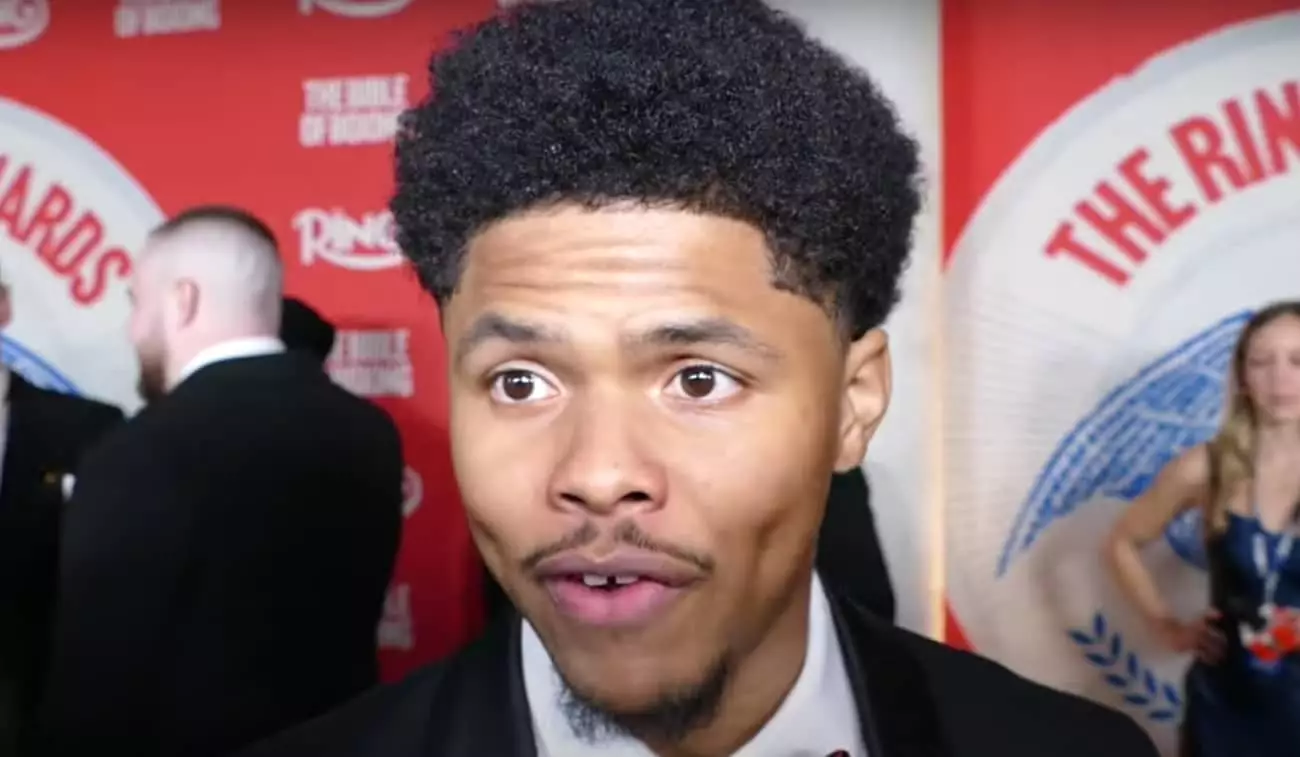Shakur Stevenson, the reigning WBC lightweight champion, has made headlines recently with his forthright dismissal of the necessity to chase fellow fighter Gervonta “Tank” Davis. Hailing from Newark, New Jersey, Stevenson asserts that a bout with Davis is not a prerequisite for his success. While self-confidence is a valuable trait in a fighter, this assertion may overlook subtle but critical realities of the boxing industry, particularly regarding marketability and fan engagement.
In an era where high-profile matchups captivate audiences, Stevenson’s claim may come across as somewhat tone-deaf. His upcoming fight on February 22, buried beneath a host of more anticipated events, signals a need for strategic thinking. The boxing landscape operates not solely based on individual talent but heavily on public interest and demand. Stevenson’s contention that he does not “need” Davis might become problematic if fans continue to disengage, as evidenced by his previous performances, which have elicited more boos than cheers at times.
A Lack of Demand Signals an Urgent Need for Change
Stevenson’s recent bouts have struggled to capture the audience’s imagination, a factor exacerbated by the lackluster promotion of his title defense against Floyd Schofield. Positioned deep in the stacked undercard of the Artur Beterbiev vs. Dmitry Bivol 2 fight card, Stevenson’s diminished visibility may be an indication that his appeal has waned. It is crucial for a champion to cultivate a fanbase, and failure to do so risks diminishing their relevance and marketability in the sport.
The reality of Stevenson’s situation starkly contrasts his aspirations. He openly expressed his hope that Turki Al-Shiekh, a prominent figure in boxing promotions, can facilitate a meeting with Davis. This reliance on external forces to arrange high-profile fights may imply a greater vulnerability within Stevenson’s strategy, potentially showcasing his limited options in the lightweight division.
Potential Pathways in a Constrained Landscape
In the absence of a lucrative matchup with Davis, Stevenson faces a constricting path. His reluctance to face friend Keyshawn Davis eliminates one intriguing possibility. Although he cites other compelling opponents such as William Zepeda and Vasily Lomachenko, the likelihood of these matchups materializing remains uncertain. Zepeda might be a viable option, but Lomachenko’s current disinterest might mean that Stevenson is left rapidly running out of alternatives.
The overarching dilemma lies in how Stevenson’s perspective on needing to pursue fights interacts with the competitive nature of boxing. His strong conviction against playing the waiting game, parallel to Davis’ unsatisfied retirement aspirations after a busy fight year, complicates the narrative. If Stevenson remains unwaveringly firm in his stance, he risks stagnating in a sector that thrives on excitement and action beyond the ring.
As Stevenson navigates a complex and often unpredictable boxing arena, he must reconcile his personal convictions with the external pressures of marketability and fan expectations. The tug-of-war between pride, ambition, and fan engagement forms a compelling backdrop for his journey moving forward. Ultimately, the interactions he cultivates, particularly with fighters like Davis, will significantly shape his legacy and standing in the sport. With time ticking, the choices made now will reverberate throughout his career, making strategic decision-making more crucial than ever.

